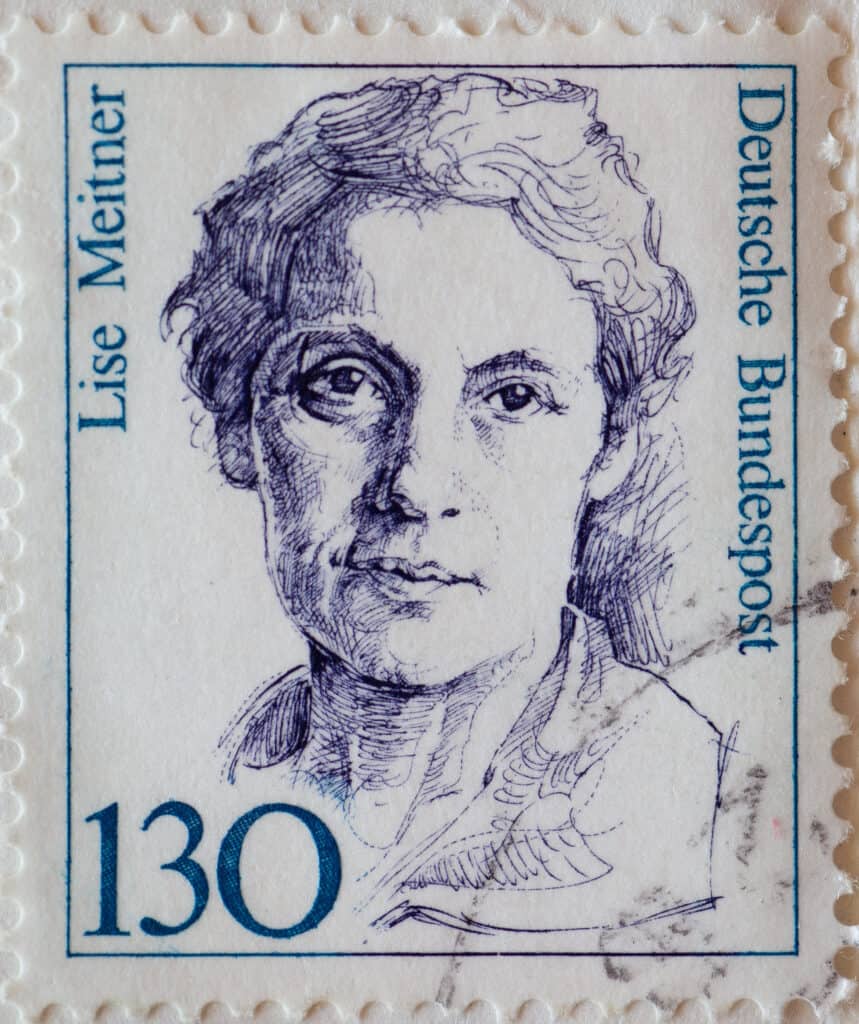March is Women’s History Month, and to celebrate the EnergyLink want to honor both historical and modern trailblazers in the STEM and energy industry. This article highlights seven historical trailblazers whose work and contributions to this industry are often overlooked. These seven historical women in sustainability have set the tone for what it means to be a woman in STEM and the energy industry today. Modern women in sustainability continue to be inspired by the trailblazers that came before them.
Women in Sustainability: Historical Trailblazers
Marie Curie

Marie Curie (1867-1937) was a Polish-French physicist known for her work with radioactivity and the isolation of polonium and radium in particular. During her lifetime she worked as Head of the Physics Laboratory at the Sorbonne and Professor of General Physics in the Faculty of Sciences. Curie was the first woman to hold the latter position. She has won two Nobel Prizes, one for physics 1903 for her work with spontaneous radiation, and one in 1911 for chemistry for her work with radio activity.
“Nothing in life is to be feared, it is only to be understood. Now is the time to understand more, so that we may fear less.”
Marie Curie
Lise Meitner

Dr. Lise Meitner (1878-1967) was an Austrian-Swedish physicist best known for her discoveries of nuclear fission and the element protactinium. Nuclear fission is the process of a heavy atom’s nucleus splitting and releasing significant amounts of energy. The discovery of nuclear fission lead to the development of nuclear power plants in later years. Dr. Meitner is known as the “Mother of Nuclear Power” and was inspired to study science and mathematics by women like Marie Curie who had come before her.
“Science makes people reach selflessly for truth and objectivity; it teaches people to accept reality, with wonder and admiration, not to mention the deep awe and joy that the natural order of things brings to the true scientist.”
Lise Meitner
Alice H. Parker
Alice H. Parker (1885-?) was a Black inventor most famous for her patented central heating system that used natural gas. The patent of this system included the air ducts used to deliver heat throughout a building or home. Her invention laid the foundation for heating systems used in modern homes. Parker was a graduate of Howard University at a time when it was rare for Black women to attend college.
Mária Telkes
Mária Telkes (1900-1995) was a Hungarian-American biophysicist and chemist that developed one of the first to harness the sun’s energy with a process similar to the technology found in modern solar cells. She is also responsible for the first solar-powered house and the first thermal storage systems, which enabled early solar technology available for use at night.
“Sunlight will be used as a source of energy sooner or later. Why wait?”
Mária Telkes
Chien-Shiung Wu
Chien-Shiung Wu (1912-1997) was a Chinese-American physicist. She was contributed to the production of the first nuclear weapons with the Manhattan Project during WWII. After the war, her “Wu Experiment” that proved identical nuclear particles don’t always act alike won the first Wolf Prize in 1978. Wu was the first woman president of the American Physical Society and the first woman to teach physics at Princeton University.
“In China there are many, many women in physics. There is a misconception in America that women scientists are all dowdy spinsters. This is the fault of men. In Chinese society, a woman is valued for what she is, and men encourage her accomplishments yet she remains eternally feminine.”
Chien-Shiung Wu
Annie Easley
Annie Easley (1993-2011) was a Black computer scientist, mathematician and rocket scientist. During her time working for the National Advisory Committee on Aeronautics (NACA) Easley was known as a “human computer” because she would work out her calculations by hand. She went on to work for NASA and became involved in groundbreaking energy research to solve energy problems with solar and wind project and battery technology.
“My head is not in the sand. But my thing is, if I can’t work with you, I will work around you. I was not about to be [so] discouraged that I’d walk away. That may be a solution for some people, but it’s not mine.”
Annie Easley
Hazel R. O’Leary
Hazel R. O’Leary (1937-) was both the first female and the first Black Secretary of Energy, appointed by President Bill Clinton in 1993. During her first year as Secretary of Energy she established the Office of Economic Impact and Diversity with the purpose of ensuring a diversified workforce among key mission areas. She was also had a hand in the Family and Medical Leave Act of 1993. This act granted job projection for eligible employees that needed to take unpaid leave for certain family and medical reasons. Because of this act, more women were able to fulfill family commitments while remaining in the workforce.
Want to learn more about women in sustainability?
If you want to learn more about modern and historical women in sustainability, make sure to keep up with our Women in Sustainability blog series by clicking the button below and subscribing to our newsletter. Keep an eye out for our upcoming discussions with modern women in sustainability. If you would like to start an energy efficiency or sustainability project click here for more info. To speak with a team member directly dial (866) 218-0380.






